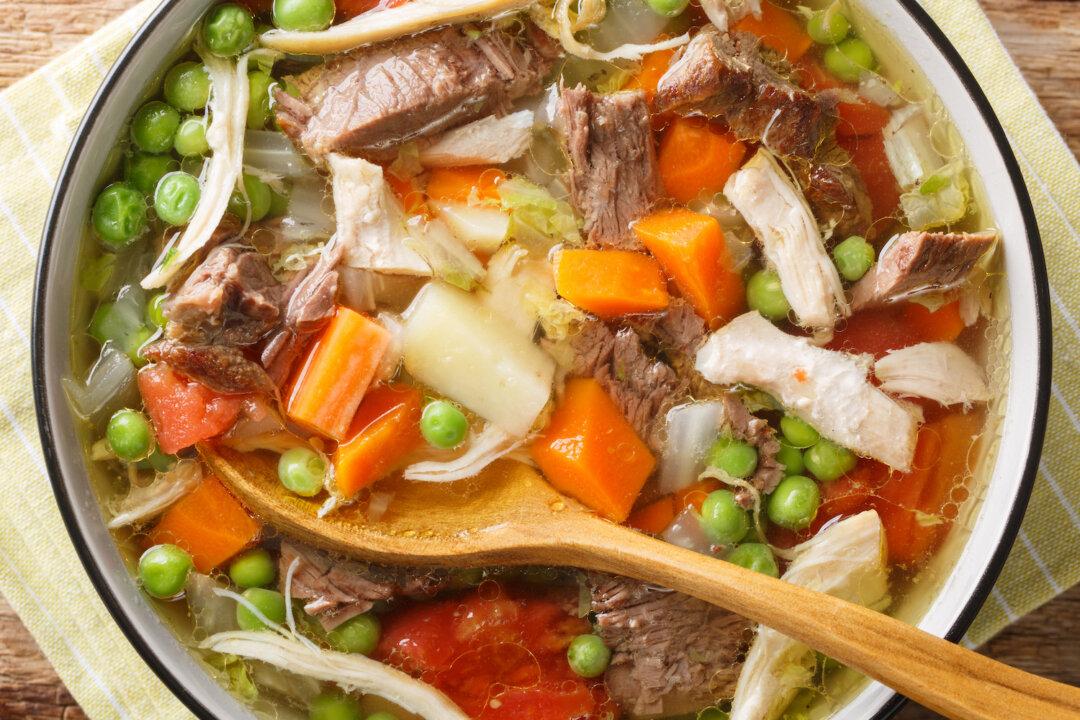Booyah! It sounds like (and sometimes is) an enthusiastic cry of triumph, but in parts of Wisconsin, it’s often a barrelful of delicious. One might be forgiven for calling it a soup—maybe once—but this hearty bowl lies somewhere between soup and stew, and any fan will simply tell you, it’s booyah. Common at firefighters’ and church fundraiser picnics, it’s a cultural holdover beloved by residents in the northeastern region of Wisconsin, and batches are typically measured in gallons.
Origins
The word itself is curious, but the best theory out there is that it originates with immigrants from what is now one of three regions in modern Belgium: Wallonia. The Walloons, speaking the Walloon language, would eat bouillon, a broth made by stewing meat, and a word if repeated and phonetically and spelled by a non-Walloon would be in the ballpark of “booyah.”(Speaking of ballparks, from 2019–2021, Green Bay’s Northwoods League baseball team was named Green Bay Booyah before rebranding as the Rockers.)





